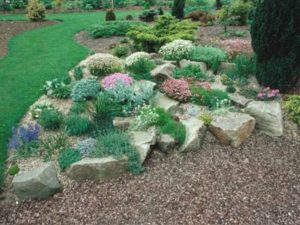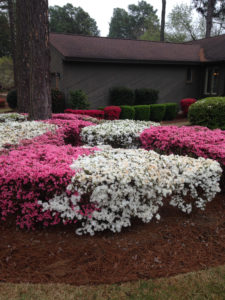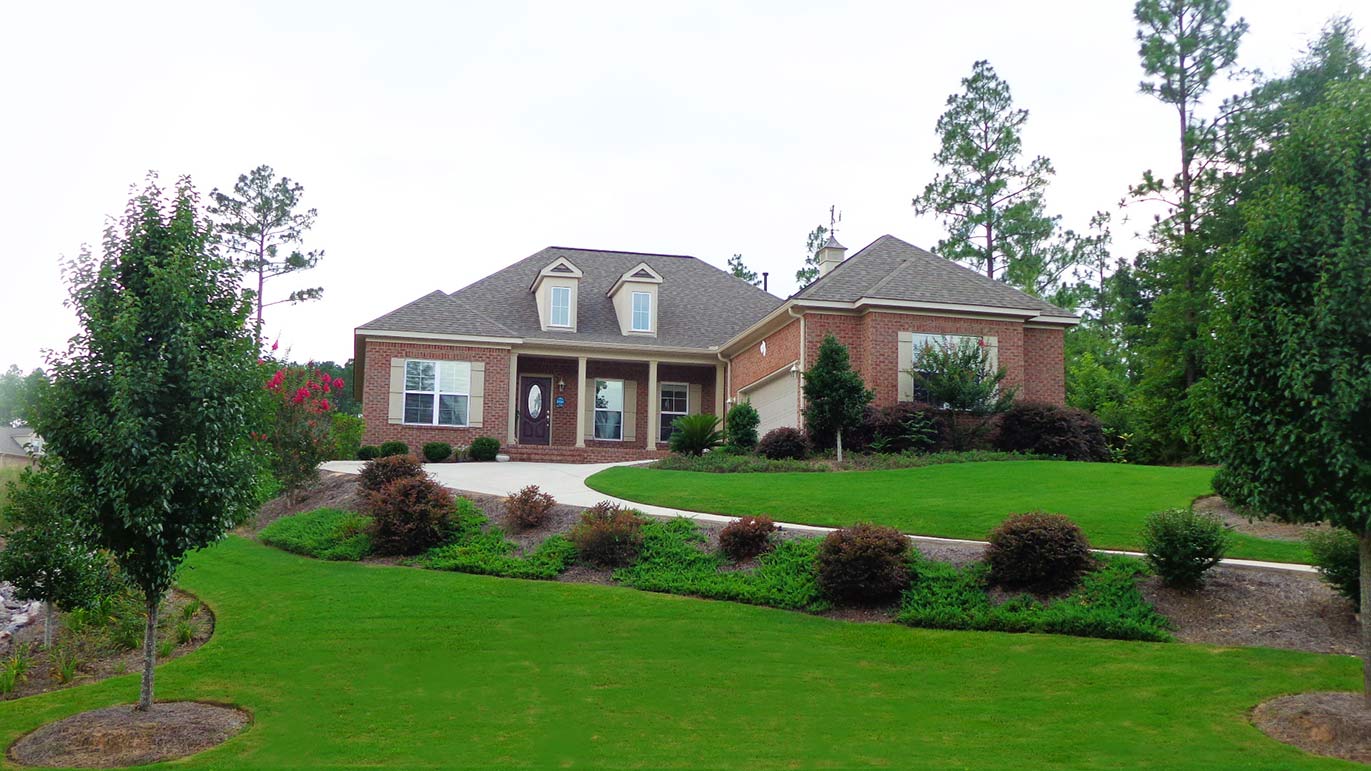07 Apr Importance of Site Selection for Optimum Plant Health
Selecting a shrub or tree that will thrive in a given set of site conditions is key to long-term success, survival, and reduced maintenance needs. Consider the following when selecting a plant:
- Soil conditions– In new subdivisions, soil is often disturbed, shallow, compacted, and subject to drought. Most plants will suffer in these conditions without additional care. Take soil samples from your yard to test for fertility and pH deficiencies. These tests can be used to determine which plants are suited for your property and will let you know what you can do to improve poor soil conditions.
- Exposure– The amount of sunlight available will affect tree and shrub species selection for a particular location. Most woody plants require full sunlight for proper growth and flowering. Some do well in, or even prefer, light shade; however, few species perform well in dense shade. Wind exposure is also a consideration. Wind can dry out soils, damage tree crowns, and uproot newly planted trees. Special maintenance, such as staking or more frequent watering, may be necessary to establish young trees on windy sites.
- Drainage– Roots require oxygen to develop and thrive. Poor drainage limits oxygen availability to the roots and may ultimately kill a plant. If drainage is an issue on your property, request a free estimate to find out about what can be done to correct the problem.
- Hardiness– Hardiness is the plant’s ability to survive in the particular geographic region in which you are planting, we live in zone 8. Plants can be cold hardy, heat tolerant, or both. Make sure a plant can thrive in our summer heat before you place it in the ground.
- Space constraints– Many different factors can limit the planting space available to the shrubs: overhead or underground utilities, pavement, buildings, other plants, visibility. The list goes on and on. Make sure there is adequate room for the tree you select to grow to maturity, both above and below ground. Call 811 before you dig so you don’t run into any underground utilities. It’s free and they only need about 5 business days notice to come out and check your property.
- Human activity– Often an overlooked aspect of plant selection, the reality is that the top five causes of plant death result from things people do. Soil compaction, underwatering, overwatering, vandalism, and the number one cause — planting the wrong tree or shrub — account for more plant deaths than all insect- and disease-related tree deaths combined. Don’t be a statistic!
- Pest problems– Every plant has its pest problems, and the severity varies geographically. These pests may or may not be life threatening to the plant, but selecting trees resistant to pest problems specific to your area is the best choice.
 Drought Tolerant Plants
Drought Tolerant Plants  Azaleas, an Aiken favorite
Azaleas, an Aiken favorite
Personal preferences and site constraints play major roles in the selection process. Taking into consideration the factors listed above, you can help ensure the tree or shrub you plant grows and functions as desired. You’ll need to water most shrubs and trees regularly for the first year after planting so consider how far from your water source you’ll be planting. We live in a climate that suffers from periods of drought, consider drought tolerant plants, such as Butterfly Bushes, Abelias, and certain Hydrangeas such as limelight. Native plants are always a no brainer as they have adapted to our climate and soil type. Remember, the beautiful, mature specimen trees you see in historic neighborhoods and in landscape photography would never have reached their full potential if planted in improperly matched sites.




Sorry, the comment form is closed at this time.